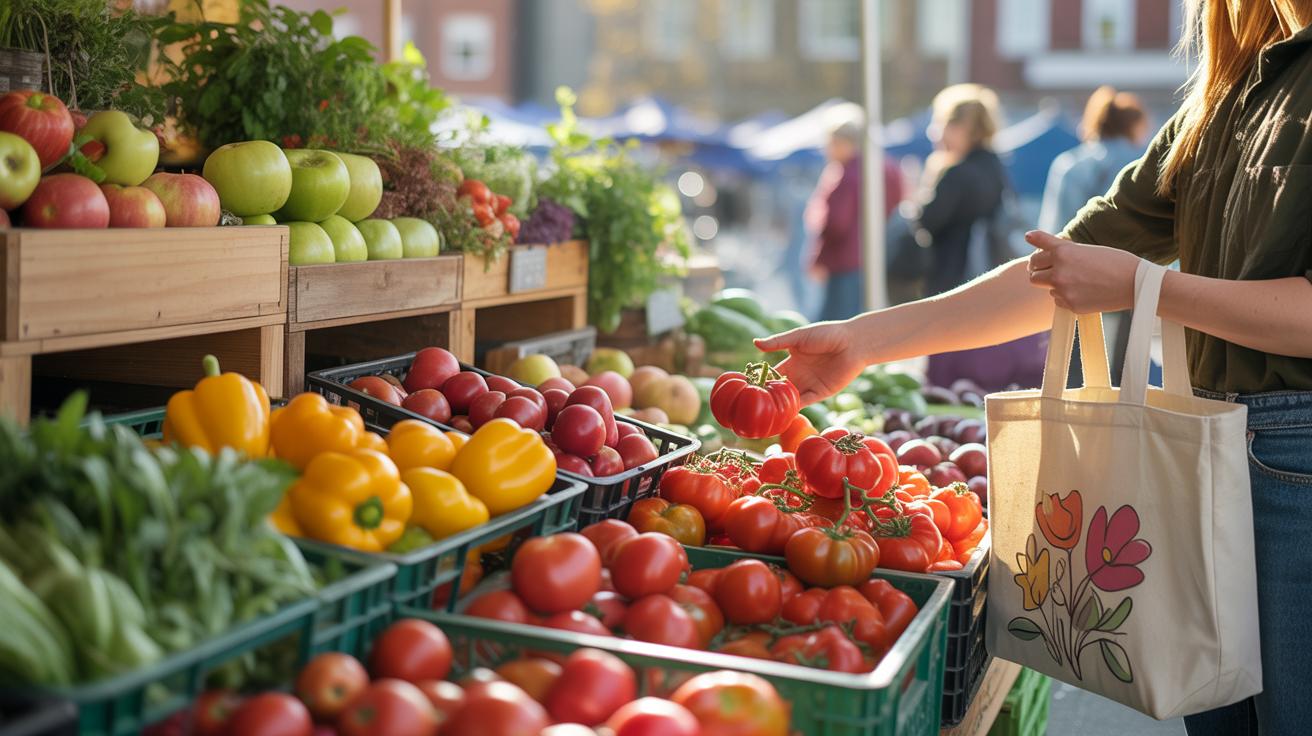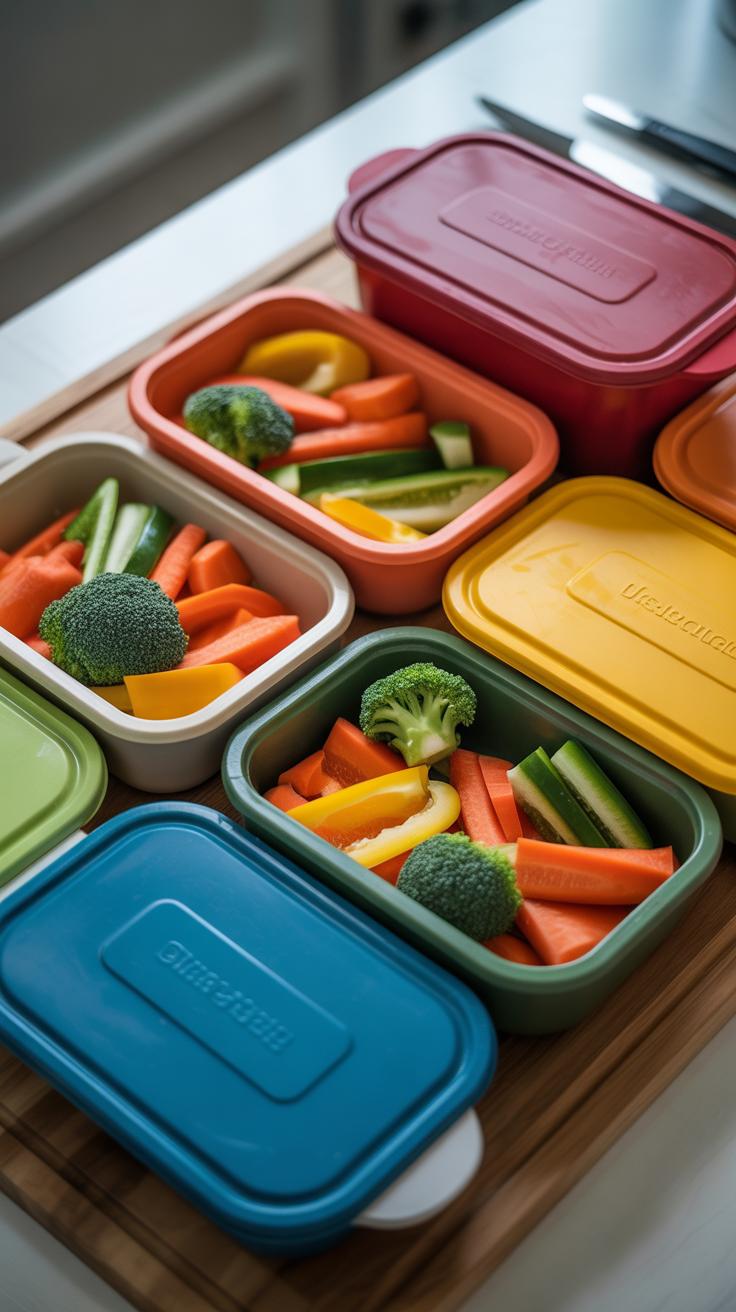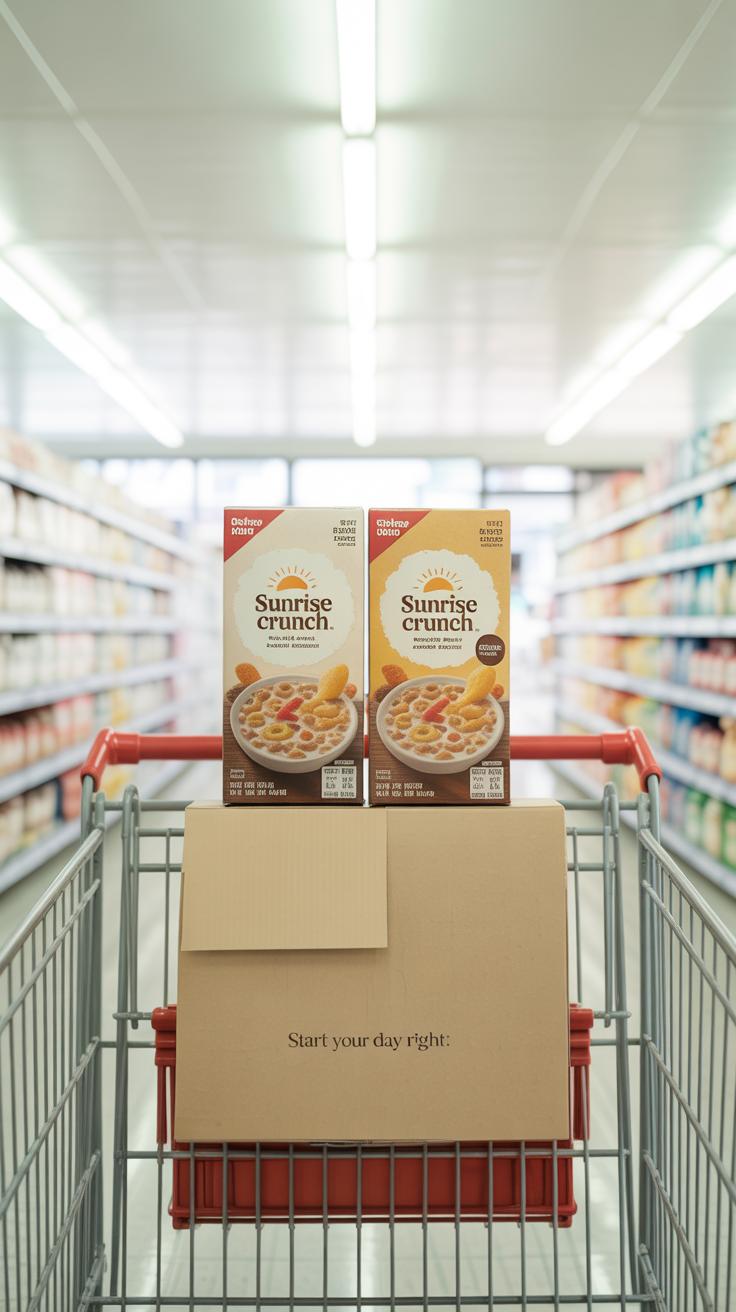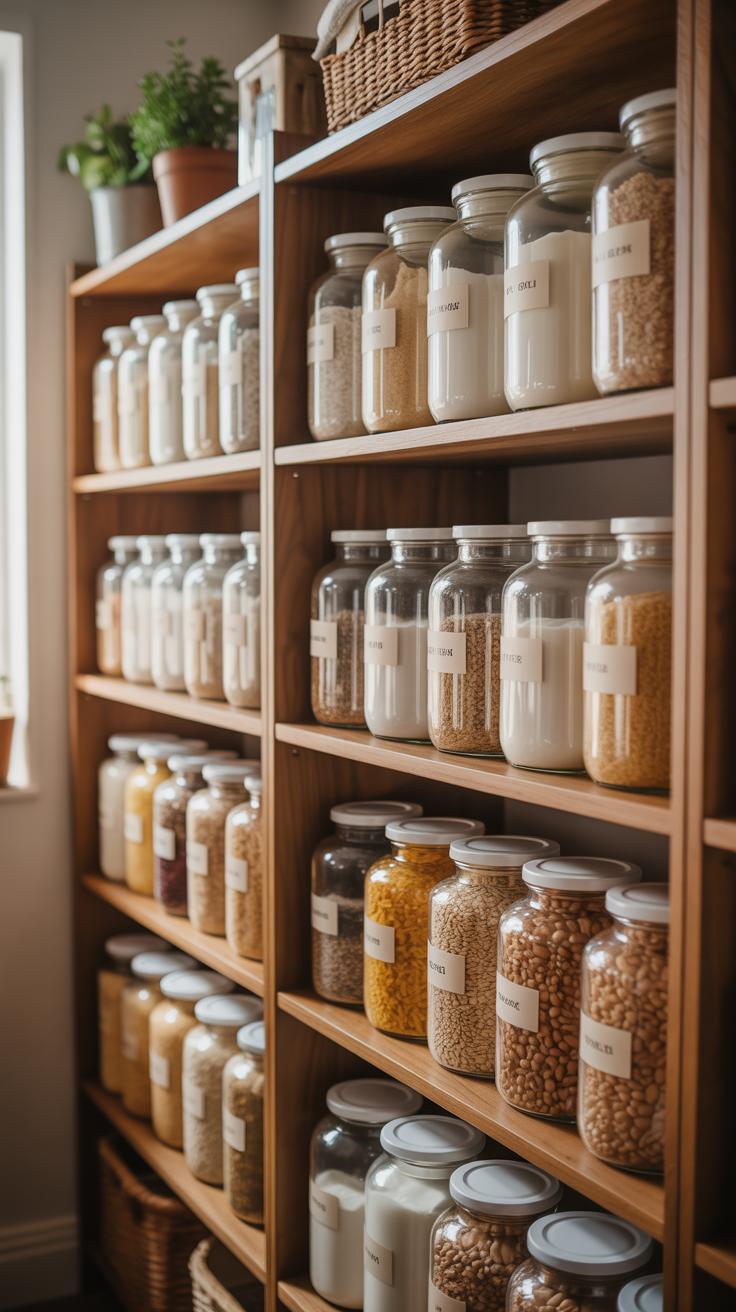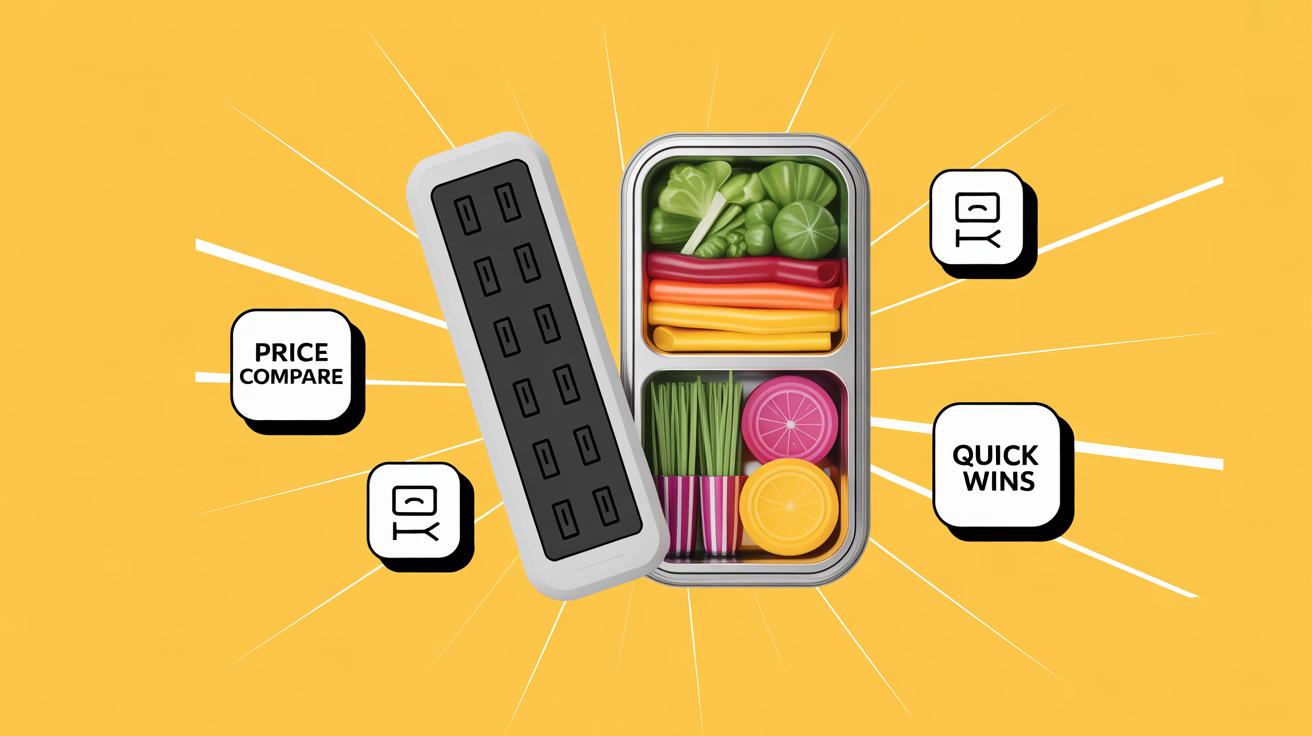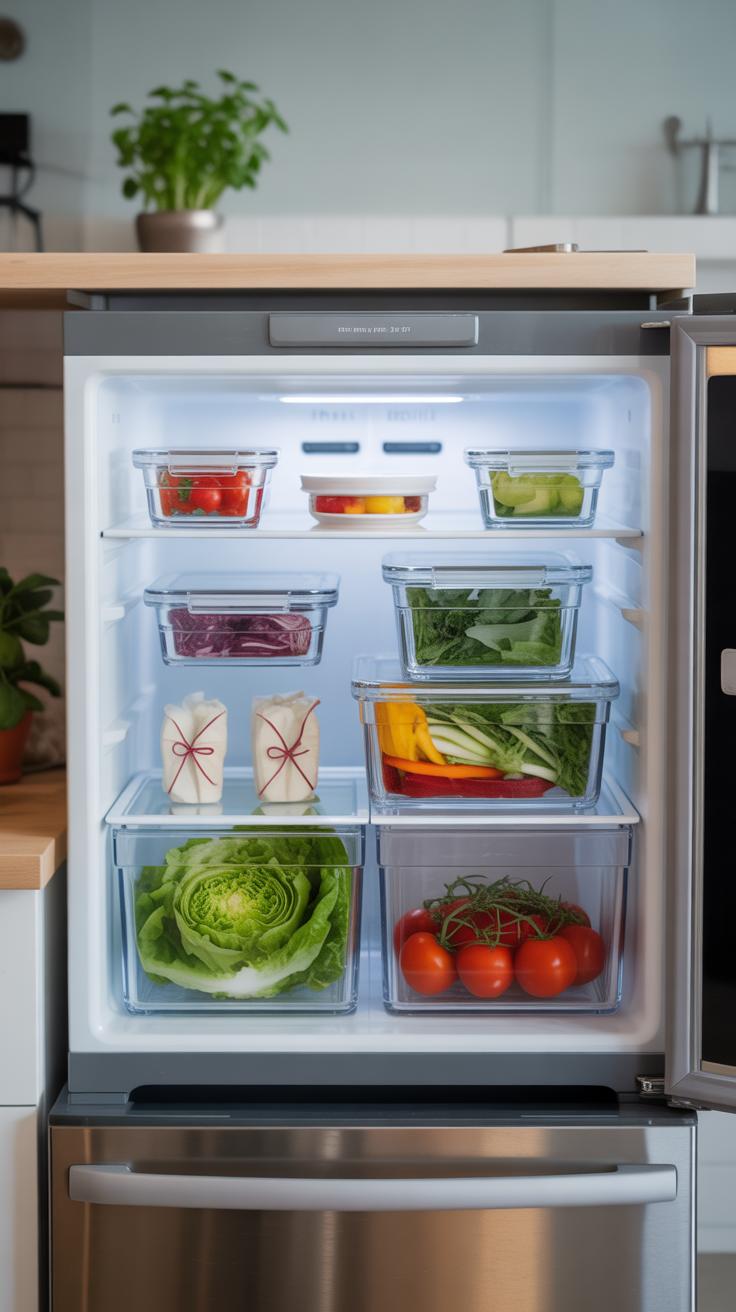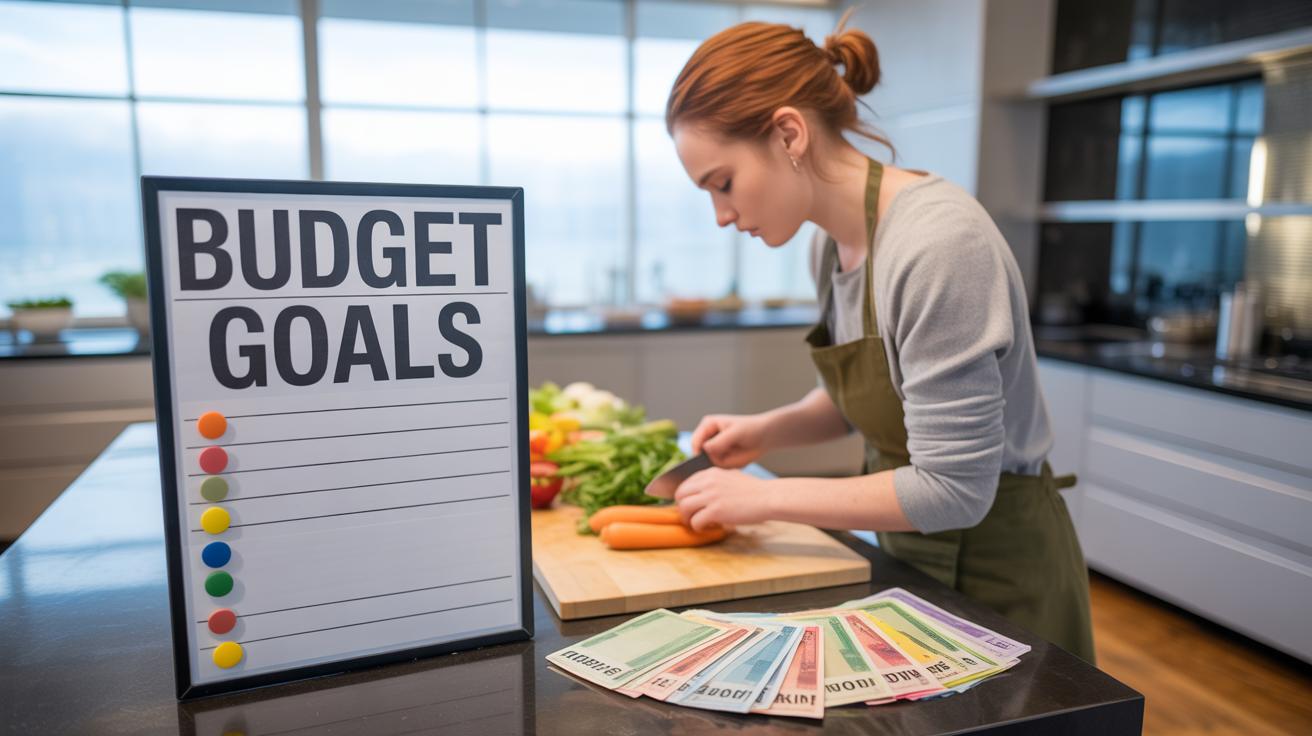Introduction
Saving money on groceries week after week can make a big difference to your monthly budget. Many people find shopping for food expensive, but with a few smart strategies, you can lower your grocery bills without sacrificing the quality of your meals. This article will explore simple and practical ways to save money on groceries all the time.
We will look at how planning your shopping trips, making lists, and buying the right items can help. Also, you will discover how to spot good deals, use coupons, and avoid wasting food to get the most out of your grocery money. You can start using these tips right away to see your savings grow steadily.
Create A Grocery Budget
Setting a clear grocery spending limit each week or month can feel tricky at first, but it really helps keep your food expenses in check. Without a defined amount, it’s easy to overspend or get caught up buying things you don’t actually need. Having a budget gives you a framework—a sort of financial boundary—that you can stick to, which can relieve stress over time.
Know Your Monthly Income And Expenses
Before you decide on a grocery budget, you need a solid grasp of your total monthly income and all other expenses. That means looking at bills, rent or mortgage, utilities, transportation, and maybe things like subscriptions or childcare costs. Why? Because you want your grocery budget to be realistic. You can’t just pick a number out of thin air and expect it to work long term. If you spend too much on groceries, something else will have to give. And if you make it too small, you end up scrambling or resorting to unhealthy choices.
Set A Realistic Grocery Spending Limit
Figuring out how much to allocate isn’t an exact science. You need to balance your income with your family’s needs. A single person might spend less, while a family of four obviously needs more food on the table. Think about these points when you budget:
- Your eating habits—Do you cook most meals or eat out sometimes?
- Special dietary needs or preferences that could raise costs.
- Seasonal price fluctuations—produce and meat often change in price.
- Possibility of sales or bulk buying on staple foods.
Personally, I found that starting with a slightly generous budget and tightening it once I tracked spending worked better than guessing too low and failing. After all, budgets need tweaking. What matters is that you have a clear limit to help you say no to extra items at checkout. Does your current grocery spending feel manageable, or does it sneak up on you every month?
Plan Your Meals Before Shopping
Write A Weekly Meal Plan
Planning your meals for the week might sound tedious, but it can make a real difference in what ends up in your cart. When you map out what you’ll eat each day—breakfast, lunch, dinner—it helps you focus on what you actually need to buy. Maybe you realize you have leftovers that can be repurposed or you spot ingredients that overlap between recipes, saving money and reducing waste.
Start by listing meals that use pantry staples or items you already have. Then, jot down a shopping list that matches those meals instead of guessing as you shop. This way, you won’t find yourself wandering the aisles, tempted by deals that don’t fit your plan or buying duplicates just because they look convenient. Some find it helpful to group ingredients by grocery store sections. I’ve tried that, and it actually cuts down on the time spent browsing.
Stick To Your List When Shopping
Once your list is ready, stick to it. Sounds easier than it is. I admit, sometimes I get distracted by promotions or new product displays. But the moment you deviate, you risk buying unnecessary things that inflate your bill and might go unused.
To prevent this, keep your list visible—on your phone or a paper copy. Resist the urge to add ‘just one more thing.’ The goal is to shop with intention, not impulse. This also ties back to meal planning because if you only buy what’s on your list, food waste naturally drops. You’re less likely to buy food that spoils before you get around to using it.
So, keeping focused during your trip helps keep your budget in check week after week. It’s a simple step, but one that surprisingly many overlook.
Shop Sales And Use Coupons
Look For Weekly Sales Flyers
Finding your store’s weekly sales flyer can feel like a small treasure hunt. Most grocery stores release them either online or in print—sometimes both. Check the store’s website or app first. You might also find physical flyers tucked into your mailbox or displayed near the entrance. Local newspapers often have inserts, too, but it depends on whether you still get one.
When scanning these flyers, don’t just glance at the headlines. Look deeper at unit prices and distinguishing “buy one, get one” deals. Sometimes the offer isn’t as sweet as it looks on the surface. But then, occasionally, you stumble on a genuine bargain for items you already planned to buy.
It’s also worth noting the timing. Some sales start on the weekend, others in the middle of the week. Aligning your grocery trip with these sales cycles can make a real dent in your bill. Can you resist chasing every single sale? Probably not—and that’s okay—but focusing on those that match your meal plan helps.
Clip Coupons And Use Digital Deals
Coupons seem old-fashioned, but they still work. You can find them in newspaper inserts, though that takes some effort—cutting, sorting, and remembering to bring them when shopping. If you don’t want to manage physical coupons, many stores offer digital ones through their apps or websites.
Apps can automatically apply these discounts at checkout if you link your store loyalty card or phone number. Some apps even send notifications when new coupons become available. The only tricky part is remembering to check the app before every shopping trip, which I sometimes forget.
Here’s what you might do to keep on top of it:
- Set a weekly reminder to review your store’s digital coupons.
- Print online coupons if that option exists, especially for items you buy often.
- Combine manufacturer coupons with store sales when possible—for example, doubling up savings on pantry staples.
Does clipping coupons take time? Sure. But the handful of dollars saved weekly adds up. Plus, the process can make you more mindful of what you really need versus impulse grabs.
Buy In Bulk When It Makes Sense
Choose Non-perishable Items For Bulk
Buying pantry staples like rice, beans, pasta, or canned goods in bulk often brings real savings. These items don’t spoil quickly, so you’re less likely to waste money by letting them go bad. Plus, the unit price usually drops when you buy larger packages or big bags. I once bought a 10-pound bag of dried beans for what would have been the cost of three smaller packs. It lasted me months, and I didn’t have to keep running to the store every week.
Think about what you use regularly and that stores well. Flour, sugar, and even some spices fall into this category. The key is to make sure you actually have the space to store these items properly without cluttering your kitchen. Otherwise, bulk buying could cost you more through mess and forgotten food.
Avoid Bulk Buying Perishables That May Spoil
Fresh produce, dairy, and meats are tempting to buy in bulk because you think you’re saving, but this often backfires. If you can’t eat or freeze these items before they spoil, you end up throwing money away. I’ve bought two cartons of berries once, thinking I’d use them both quickly, and half went bad.
Ask yourself: can you realistically finish all the fresh stuff before it goes bad? If not, stick to smaller amounts or buy perishables more frequently. Sometimes buying less is smarter spending, even if the price per unit seems higher. Avoid the “more is cheaper” trap that ends with a fridge full of wasted food and frustration.
Use A Loyalty Card At Your Store
Have you noticed how many stores offer loyalty cards but hesitate to grab one? Those little cards, or even apps nowadays, can actually save you money week after week. When you sign up, you often unlock immediate discounts that others don’t get just by walking in the door. Sometimes, the savings add up in ways you wouldn’t expect, especially if you shop the same place regularly.
It’s not just about cutting the price on one item either. Stores track what you buy and send personalized offers, like 10% off your favorite cereal or bonus points toward future discounts. Some programs even reward you with free products if you collect enough points. I remember thinking it was a hassle until I realized the rewards started outweighing the extra effort.
Sign Up For Free Loyalty Programs
Almost all loyalty programs are free to join. Usually, you just give them a phone number or an email—nothing complicated. Many stores let you sign up online in minutes, so there’s no reason to skip it. It’s surprising how few people take advantage of this simple step. Sometimes, signing up alone triggers a welcome coupon. If you shop there regularly, it’s a bit odd not to have the card or app in your wallet.
Check For Member-only Discounts
Once you’re a member, things get more interesting. Stores often have special prices or digital coupons only accessible to loyalty members. These offers can be staggering if you keep an eye out. I found that checking the store’s app or website before a trip helps spot these deals easily. Brands sometimes release exclusive coupons, too. The catch? You have to remember to use your card at checkout—a surprisingly easy step to forget.
Compare Prices Before You Buy
When you’re standing in the grocery aisle, tempted by a few familiar brands, it’s easy to just grab what you know. But taking a moment to compare prices—between stores or even brands—can save you more than you might expect over time. Sometimes, the store right across the street offers the same cereal for noticeably less. Other times, a lesser-known brand might be cheaper and just as good. It’s not always obvious until you check.
Price differences can be subtle, but they add up. If you shop the exact same items, week after week, those small savings become meaningful. And it’s not just about specific items—you’ll find one store better for dairy, another for produce. Do you ever consider driving a bit further if it means cutting your bill? Sometimes it’s worth planning ahead for trips that can save cash overall.
Use Price Comparison Apps Or Websites
These days, you don’t need to wander between stores to check prices. Several apps and websites let you scan barcodes or search products to instantly see which local store offers the best deal. These tools speed up price checks—no more juggling flyers or scribbled notes.
Apps like Flipp, Basket, or ShopSavvy pull together prices across retailers. You might be surprised to find selling prices, discounts, or coupons just a click away. It’s not perfect—some prices change quickly, or stores might not always update data. But it still gives you a clearer picture than guessing. Have you tried any of these? Sometimes I find a price difference that’s enough to change my whole shopping plan.
Check Unit Prices On Shelves
Unit prices—usually listed at the bottom shelf label—show the cost per ounce, pound, or liter. They’re a nifty way to compare products that come in different package sizes or brands. I know it feels like extra effort, but it often reveals surprises.
For example, a large bag of rice might cost more upfront but be cheaper per pound than smaller packs. Or a generic brand’s unit price could beat the name brand that looks fancier. It’s easy to focus on the price tag alone, but that can mislead you about real value.
Try to make a habit of glancing at these numbers. It doesn’t take long once you get used to it. Over time, it becomes almost automatic—and you spend less without feeling the pinch.
Reduce Food Waste At Home
Food waste can quietly eat away at your grocery budget week after week, even if you don’t notice it right away. Picking up some simple habits to keep your food fresh longer can make a surprisingly big difference. For instance, I found that washing berries only when I’m ready to eat them helps avoid mold—and that means fewer toss-outs.
Here are a few practical steps you could try:
- Wrap leafy greens in a paper towel before sealing them in a bag to absorb moisture.
- Store tomatoes at room temperature rather than in the fridge to keep flavor and texture.
- Separate fruits like apples and bananas from others; they release gases that speed up ripening nearby.
Often, the trick is just paying close attention to how you store things—small changes there stretch your groceries further than you might expect.
Store Food Properly
How you keep fruits, vegetables, and leftovers matters a lot. I used to toss leftovers too quickly until I started using airtight containers, which slowed spoilage. Freezing extras in portion-sized bags has also saved me from wasting meals.
Some storage tips that work well:
- Keep root vegetables in a cool, dark place instead of the fridge to avoid shriveling.
- Use clear containers for leftovers so you see what’s inside at a glance.
- Don’t overcrowd your fridge; good airflow helps keep things fresh.
You may find yourself wondering if all this effort is worth it, but over time the money saved on not throwing food away adds up.
Use Leftovers Creatively
Leftovers don’t have to be boring or repetitive. Sometimes, it’s just a matter of switching things up. For example, turning roasted vegetables into a frittata or blending wilted greens into a pesto can breathe new life into food that might otherwise go unused.
Here are a few ideas to make leftovers more appealing:
- Mix leftover grains with veggies and a simple dressing for a quick salad.
- Use cooked meats in wraps or salads instead of always reheating them as-is.
- Freeze sauces or soups in small containers to buy more time before eating.
Getting creative with leftovers might seem like extra work at first, but it often ends up saving time and money, maybe even turning meals into unexpected favorites.
Cook At Home More Often
Eating out can easily strain your budget without you realizing it. When you cook meals at home, you not only spend less but also have full control over what goes into your food. This control means you can avoid unnecessary additives or expensive ingredients that restaurants often include.
Simple meals, like a homemade pasta with a tomato sauce or a vegetable stir-fry, often cost a fraction of what a restaurant charges. Plus, you’re in charge of portions and flavors. It’s not just about saving money; you get to make food that fits your taste and health needs better than anything you’d order out.
Preparing easy, healthy recipes doesn’t have to be complicated. Think of dishes that use staple ingredients — rice, beans, eggs, frozen vegetables — ones you’re likely to have around. These recipes usually cost less than restaurant meals but still feel satisfying. You might discover a new favorite by trying something simple and fresh from your own kitchen.
Batch cooking is another way to stretch your food dollars. Making extra portions means fewer trips to the kitchen throughout the week and a ready meal when time runs short. Freezing meals in individual containers can save you from impulsive takeout orders when you’re too tired to cook. Sure, not every meal freezes well, but some classics — like stews, casseroles, and soups — keep their flavor and texture pretty well.
Could you see yourself cooking more at home if you had meals ready to go in your freezer? It’s often that small nudge—less hassle, less cost—that makes the difference week after week.
Conclusions
Saving money on groceries week after week takes a bit of planning and care, but it is very possible. Picking what to buy carefully, keeping an eye on prices, and using deals are some of the best ways to spend less. Also, controlling food waste helps save money by making the most of what you buy.
By putting these ideas into action, you can keep your grocery costs down every single week. Over time, the savings can add up to a lot of money. You have the power to shop smart and stretch your grocery budget further with these simple techniques.


